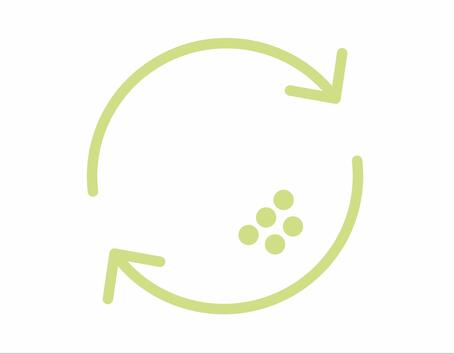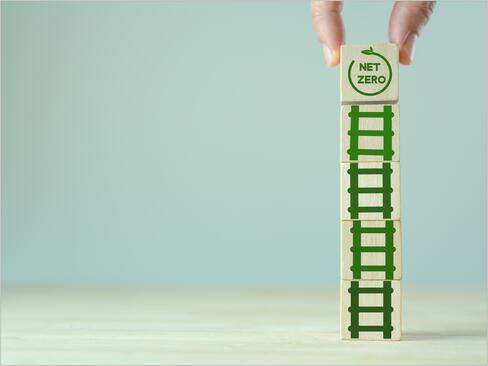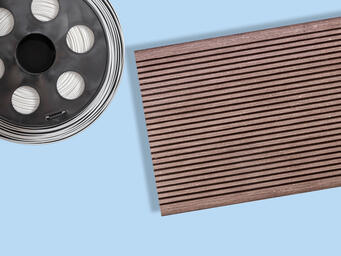End-of-Life and Plastic Environmental Impact
The Situation in the EU
While you are reading this, you are probably sitting on plastic, holding it, looking at it and so on. It is unthinkable to abandon plastics in the current world. So how do we ensure to keep the benefits while reducing the negative environmental impacts coming with it? And what happens to the plastic coffee-cup we showed in our LinkedIn-Post last week?
Redesigning, reuse and lightweight building techniques aside, changing the feedstock, biodegradability and recyclability are for sure one of the most important instruments we have.
Recycling is for sure the most desired end-of life option, but it often does not reflect the reality (yet). Common recycling pathways require some degree of public awareness, a powerful infrastructure and homogeneity of plastics used. This is mainly why we are not at the point we would like to be. Nonetheless, from EUROSTAT we know that in the EU28, in 2019, around 42% of plastic packaging waste was recycled, while 33% was incinerated and 25% landfilled.

Side-Note Biodegradability
Regarding the environmental pollution issue: In addition to landfill, you have losses during usage and waste handling, which end up in the environment. Today we will not discuss this topic of biodegradability due to the complexity of the topic. Most of the complexity comes from the different environments plastic losses can end in, e.g. sea, rivers, soil, landfill, industrial or home compost. Furthermore, in the foreseeable future there still will be a large amount of plastics going to the incinerator plants, a point we want to address in the next paragraph.
But let add this to biodegradability: We are currently looking into that topic ourselves and want to shed light on how cellulose and wood impacts composite degradation.
Incineration of Plastics
So what is about the plastics going in the incinerator plants? With sufficient filtering you will hopefully mainly emit CO2. However, where does this CO2 come from? In the ideal case it was previously extracted from the atmosphere by an efficient and low-energy process. The best scaled up process for this job is established in nature at various points. The so produced biomass, e.g. wood, crop residues or ideally other non-food plant parts are most prominently converted into bio-based bioplastics such as PLA, PHA, Bio-Polyolyfines.

How do you further decrease the environmental impact of these and other plastics during incineration? You guessed it, filling them with low-energy intensive cellulosic fibers and particles. This also helps products, that still need to be made from fossil-based polymers to reduce their impact on climate change, when they are incinerated.
In addition, depending on the biopolymer, wood and cellulose fibers can also help to tune the mechanical properties. Did we mention that various degrees of recycled cellulose types are possible? Feel free to contact us regarding your options.
Nontheless, it is definitely still a long way to go to have a net-zero plastic lifecycle.
Level Up Your Polymers with Every Fiber.
Increase the bio-content and add plant power to your polymer formula.










